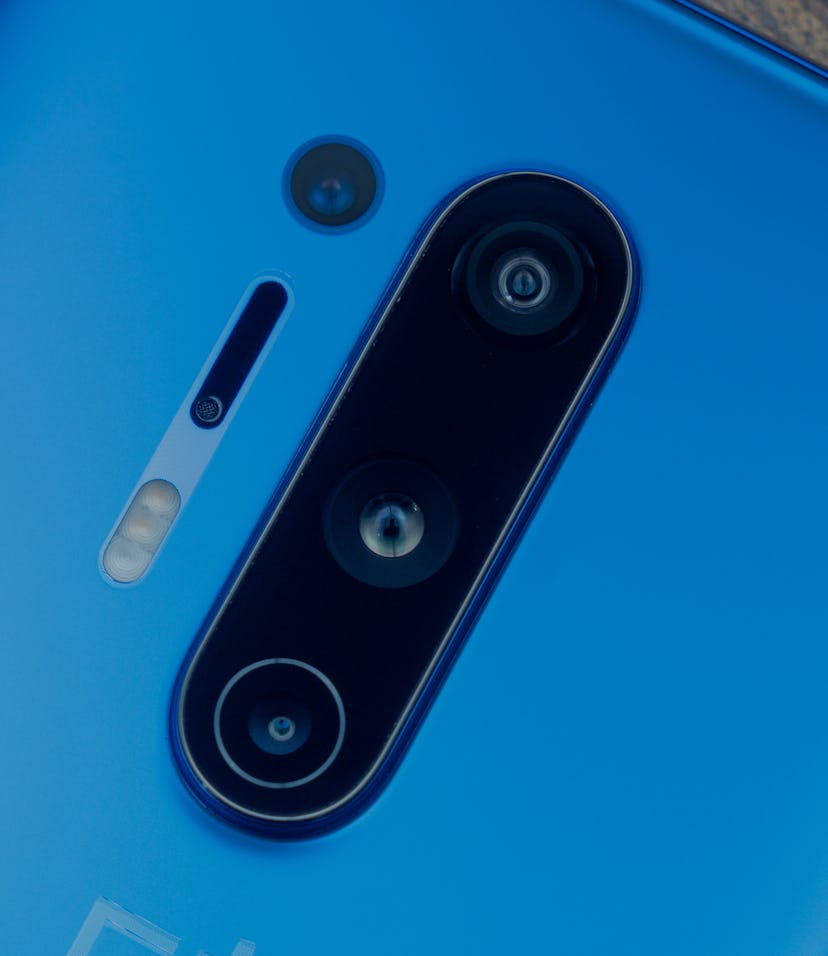Tech
How phone cameras could get drastically better in 2021
Qualcomm's Snapdragon 888 enables new camera features like triple-camera capture and 120 fps bursts. 2021 Android phones will have the architecture to dethrone the iPhone camera, but will any actually do it?

Yesterday, Qualcomm announced its next-gen mobile chip, the Snapdragon 888, for Android devices. From day two of the company’s Snapdragon Tech Summit, we now know the chip’s CPU is up 25 percent faster and its GPU is up to 30 percent faster compared to the current Snapdragon 865 chip.
The 888 chip also comes with an integrated X60 5G modem, which not only brings faster 5G speeds of up to 7.5 Gbps but should improve battery life because it’s no longer a separate power-sipping component; it’s got faster AI performance; gaming will see gains; and it fortifies security.
These are all good things to look forward to in 2021’s flagship Android phones. But I think the camera upgrades are the most exciting part of the 888 chip and here’s why.
Shoot from three cameras at once — Many flagship phones now come with three or more cameras. But until the 888 chip, phones could only capture from two of them at the same time. Samsung took advantage of this feature years ago when it enabled Dual Capture on the Note 8. In this mode, you could take a wide-angle photo and a portrait photo at the exact same time. It was great and saved me from having to snap multiple shots. I used it all the time.
With the Snapdragon 888, the chip’s Spectra 580 ISP (image signal processor) is powerful enough to capture photos at up to 28-megapixels of resolution or 4K video from three cameras simultaneously. If you’re anything like me and shoot a ton of photos and videos with your phone, that’s gonna provide way more footage for editing. Just the thought of capturing a wide, telephoto, and ultra-wide photos or videos at the same time with one button press instead of shooting them separately is already making me giddy. It’s like having three cameras capturing at the same time.
Of course, all of this is theoretical. It remains to be seen how well triple-camera capture works in reality. There are reasons why many phones with two or more cameras include dual-camera capture: it sucks battery life like crazy and requires more CPU and GPU performance, which means more increased thermals. These two downsides are especially unignorable when you’re shooting video, which eats up more battery and computational power than still photos. I know because even the iPhone 12 Pros, with its more powerful A14 Bionic chip, recording with the Double Take app which can capture from two cameras at once, rapidly drains battery and overheats.
120 photos in one second — The 888 chip also enables burst capture at up to 120 photos per second. That means one press of the shutter button can capture 120 12-megapixel shots. I can’t imagine most people need to shoot this many photos with a phone at once, but if you do (maybe you’re a wildlife photographer who shoots with their phone for all I know!), this is insane stuff for a phone.
Faster shooting and better image quality — Lastly, the chip’s new ISP also enables up to 35 percent faster shooting performance and improved image quality. Qualcomm’s boasting improvements to autofocus, auto exposure, and auto white balance using AI, better low-light performance in conditions that have as little light as 0.1 lux, and dynamic range through HDR.
Reality will be different — As great as all of these camera features sound, it’s unlikely many phones will include most or all of them. Qualcomm has a tendency to promise all kinds of photography and videography firsts and breakthroughs only for device makers to ignore them.
Remember the dream of portrait mode video? Besides a few phones like Samsung’s Galaxy S10 and the OnePlus 8 Pro, I can’t recall many Snapdragon-equipped Android phones implementing the feature into their camera apps. Or how about using the HEIF format to store “RAW data including HDR color, depth maps, animated GIFs, and collections of burst photos, and even multiple shots taken from phones with multiple cameras (i.e. wide-angle, telephoto, and ultra-wide shots) all within a single file” as I reported on in 2018? Yeah… I don’t know of a single device maker that did all of this.
Just because the Snapdragon 888 chip is capable of enabling these new photo and video features does not mean device makers will include them in their phones. They need to take into consideration how these features affect battery life, performance, temperature, and whether or not they’re even valuable to users in the first place. Also, any improvements will depend on which image sensor is used. Poor optimization between image sensor and ISP is why Android phones tend to lag behind iPhone cameras.
As a camera nerd, I’m eager to try out 888-powered phones with these new camera features, but I’m not holding my breath that many of them will be any good. Not when so many Android phones struggle to take a single good photo or video that’s even comparable to an iPhone. Somebody prove me wrong!